5 notable features which are being stripped out of Windows 10
Some features are being streamlined away…
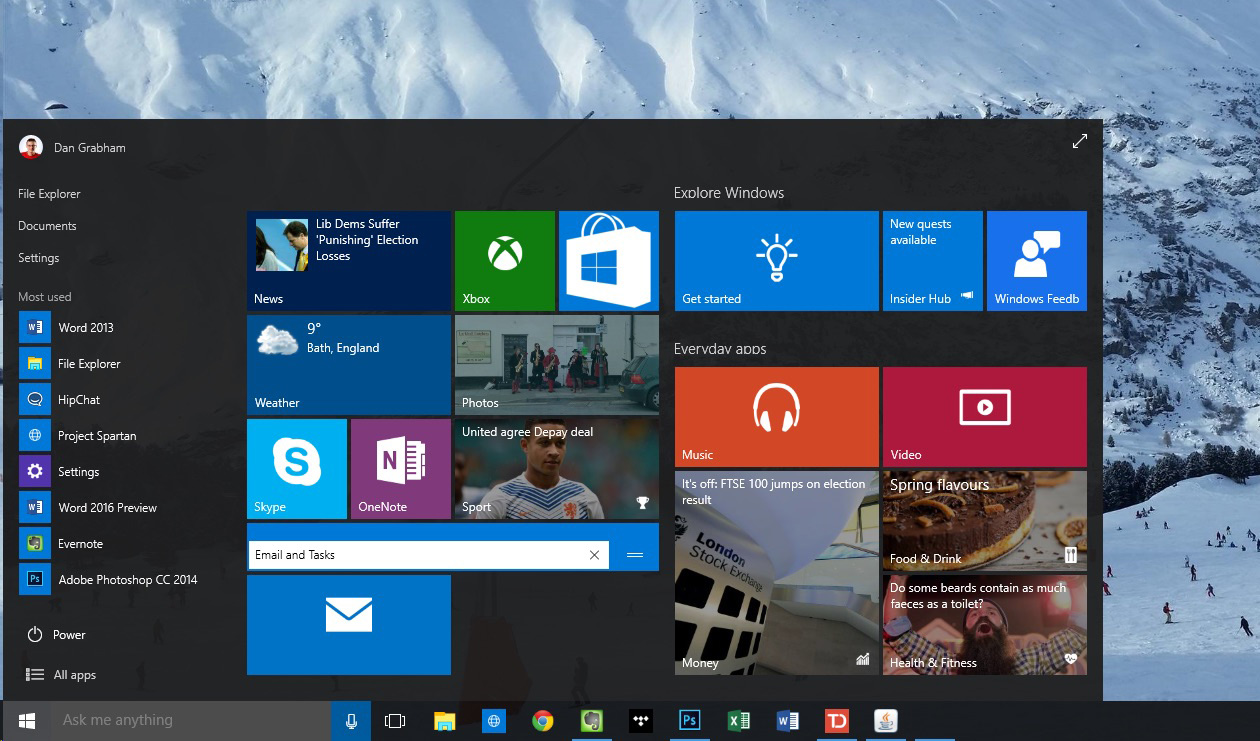
Introduction
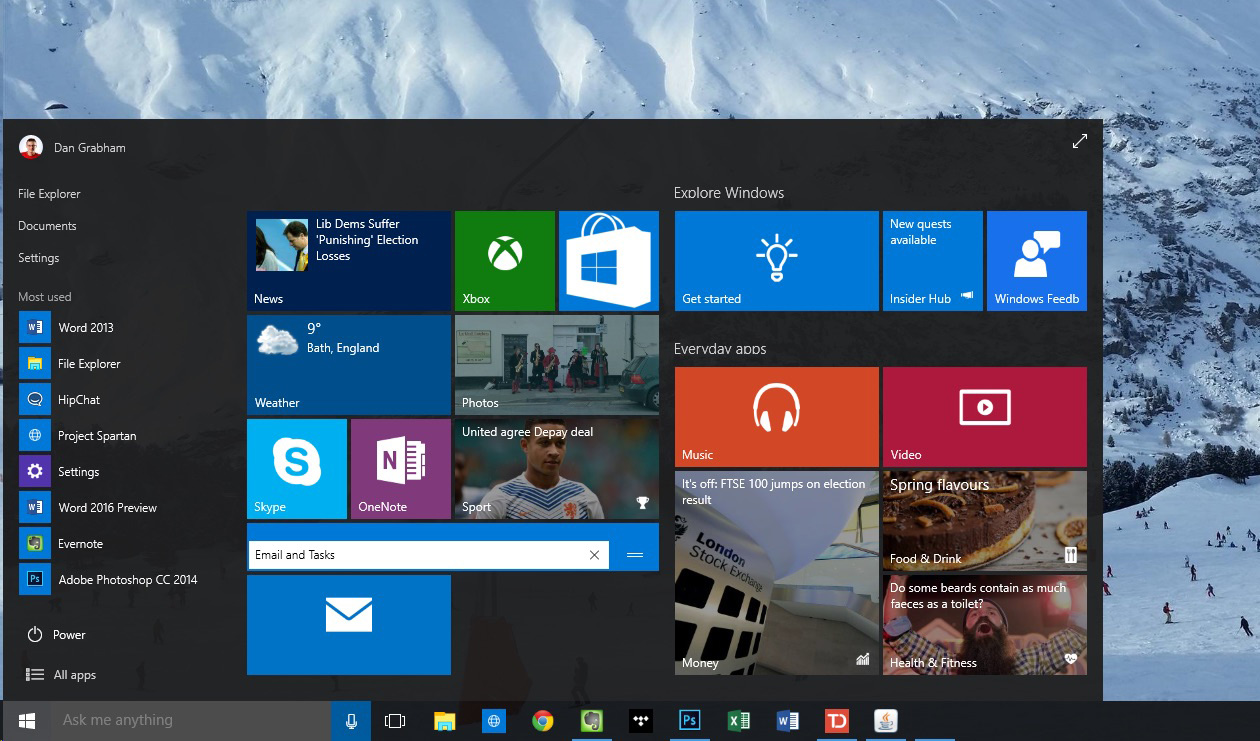
Windows 10 is right around the corner and more information about what the latest offering from Microsoft is going to look like, and how it's going to work, appears every day. The new operating system is going to be free for those with Windows 7 and 8, and comes with a redesign based around user input that places far more emphasis on the users that Microsoft left behind with Windows 8, namely those with a keyboard and a mouse.
The news isn't all good, however. In an effort to streamline the OS, Microsoft has chosen to remove some features and this could upset some folks. Of course, Windows 10 is a free upgrade and allows the vast majority of Microsoft's enormous customer base to run the latest operating system, so there are going to be some people who are angry.
Many of the changes are designed to bring everybody onto the same page, especially in terms of design. Windows 10 iterates upon the design of Windows 8, adding elements of Windows 7, and Microsoft aims to make this experience as smooth as possible.
So which important features haven't made the cut with Windows 10? Read on and find out…
Windows Media Center
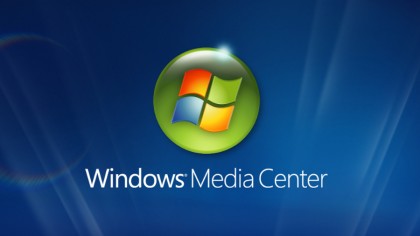
The demise of Media Center has been a long, drawn out process. Released in XP, the software became an add-on in Windows 8 and has now been officially discontinued by Microsoft.
Windows 10 is, in some ways, a data-driven update and Microsoft's internal metrics obviously showed decreased use of the Media Center application. Various third-party apps have sprung up and "unbundled" the experience, focusing on certain aspects and doing them better.
Microsoft has offered no obvious alternative with Windows 10, simply stating that users who have Media Center installed won't find it available after the upgrade. Whether anyone will miss Media Center remains to be seen as free alternatives such as VLC Media Player offer all of its functionality and more.
Are you a pro? Subscribe to our newsletter
Sign up to the TechRadar Pro newsletter to get all the top news, opinion, features and guidance your business needs to succeed!
DVDs require separate software

Over the past half-decade there has been a gradual shift away from DVDs to online media, especially that which can be streamed. Microsoft has its own Xbox Video service which offers an iTunes-like experience with the ability to rent or buy films and view them on all of your devices.
In this light, the removal of the ability to play DVDs natively – i.e. without a third-party app – seems like a clever play to further move people towards online streaming. On top of this, computers that actually have a DVD drive are becoming rarer by the day, especially among laptops.
It is unclear if Microsoft will include instructions for those who are trying to play DVDs or why they would choose to leave such an easy-to-include feature out of a new version of Windows. Some are speculating that because the company is now so laser-focused on user feedback, they have found that very few potential Windows 10 users would use a DVD drive anyway.
Windows 7 desktop gadgets
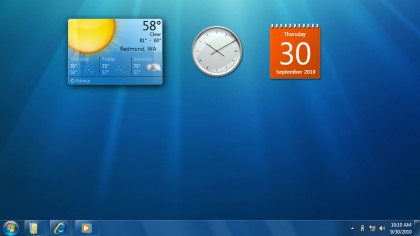
One of the most underrated features of Windows 7 was its "gadgets," the little dynamic icons that sat on the desktop and showed information from the weather to your CPU usage. Their death likely comes at the hands of Microsoft's new focus on data from users – if very few people used them, they're on the chopping block.
While gadgets were never part of Windows 8, there has been speculation about Live Tiles that could be pinned to the desktop mode of Windows 10. Those who prefer the desktop mode would be able to see information quickly in a way that is in-keeping with the overall aesthetic of Windows' design.
If you are not content with the lack of gadgets in Windows 10, you can download third-party add-ons that bring the feature to the desktop. It would be nice, however, to see Microsoft innovate and come up with a solution, perhaps in the form of Live Tiles as mentioned.
Windows updates will automatically install
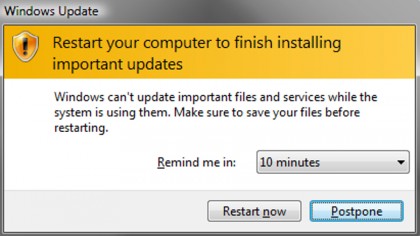
When Windows 10 lands, you won't be able to choose to not install updates when they arrive, and opt to merely be kept informed about them.
This one is aimed more at keeping everybody who uses Windows 10 up to date with the latest software and, most importantly, security fixes. One of the areas that Apple excels in is being able to keep everybody on the latest software, partly because it produces the hardware, which comes in handy when important security updates are issued.
Microsoft does have a caveat here, though, namely that Windows 10 Pro and Enterprise customers can disable this feature – in order to stop the OS updating to untested software and so on – but the majority of Windows 10 users will start to see seamless updates to software.
Previously, there has been a large disparity between versions of software on Windows as many users choose to "put off" updates, mainly because they take a lot of time. Removing this choice may alienate some but will potentially make the process easier as users are not saddled with hours and hours of updates that they have skipped.
Windows Essentials
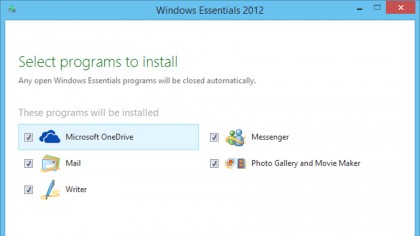
Windows Live Essentials (the 'Live' part of the moniker was later dropped) has been around since 2009 and was retired in 2013, but has remained on the PCs of many as a suite of apps that includes Photo Gallery, Movie Maker, OneDrive, Family Safety, LiveWriter and Mail. Windows Live Essentials was, in fact, Microsoft's first attempt at introducing OneDrive, previously known as SkyDrive.
Many of these apps have now been replaced and Microsoft says that installing Windows 10 will replace the OneDrive app with the "inbox version of OneDrive". This is likely part of Microsoft's broader plan to bring – or perhaps drag – people onto the same page in terms of software and which version of said software they are using. Apple often touts its ability to have everybody running the latest OS and Microsoft is trying to get in on that particular act.
However, note that all of the apps listed above are still available via the Windows Store.
Max Slater-Robins has been writing about technology for nearly a decade at various outlets, covering the rise of the technology giants, trends in enterprise and SaaS companies, and much more besides. Originally from Suffolk, he currently lives in London and likes a good night out and walks in the countryside.